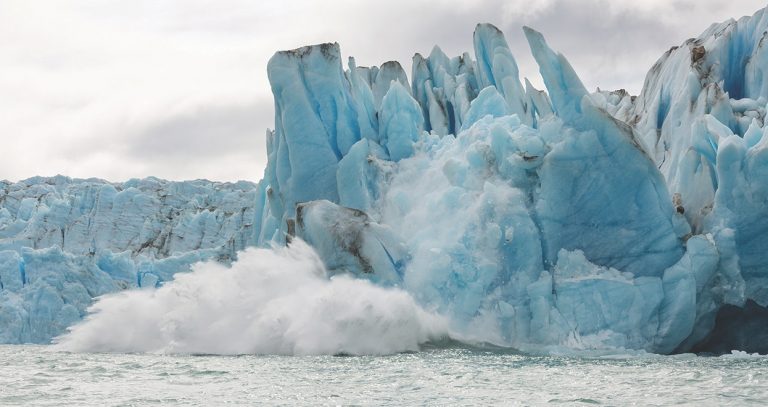

On Silversea’s 17-day Tromsø to Reykjavik cruise, you will experience some of the Arctic’s most enchanting and remote destinations, beginning with the surprisingly cosmopolitan city of Tromsø, the so-called Paris of the North. You’ll then head north into the Arctic, exploring Svalbard, a remote archipelago of islands that is home to only 3,000 residents in some of the world’s most northerly settlements. Here you’ll have opportunities to admire seals, sea birds, and the islands’ world-famous polar bears while navigating pristine fjords and climbing glaciers. Your cruise will then continue on to Iceland, with its famous geysers and a landscape said to be home to trolls and fairies. Even if we can’t guarantee sightings, it does look like a land from a fantasy.
With a departure in late July, you’ll also get to experience the Midnight Sun at its summertime peak. In the more northerly stops on this itinerary, the sun will never dip below the horizon during your expedition cruise. This is the perfect itinerary for the traveler who wants to follow in the paths of the world’s hardiest explorers while enjoying the comforts of Silversea’s 208-passenger Silver Cloud and the insights of 19 onboard naturalists, expedition leaders, and other experts.


Your first stop as you begin to explore Svalbard is the archipelago’s southernmost island. Despite its name, Bear Island, there are no year-round bears that live here (polar bears occasionally venture here in the winter, when the pack ice has reached this far south). The island was also long famous for its walruses, but today it is rare to spot one. There are still seals here, but today the most famous residents of the nature reserve on Bear Island are birds.
As long as weather conditions are favorable, you’ll visit the seaside cliffs with their huge bird colonies. Among the 120 species that have been recorded on the island are Brünnich’s and common guillemots, black-legged kittiwakes, glaucous gulls and gannets. On a Zodiac excursion along the coast (weather conditions permitting), your expedition leaders will help you identify the birds you see and also provide an overview of the area’s environment, terrain, and other wildlife.

Over the next six days, you’ll explore the Svalbard archipelago. This is one of the northernmost inhabited areas in the world (around 3,000 people live here; two-thirds of them in the town of Longyearbyen), sitting halfway between the mainland of Norway and the North Pole. Historically the islands’ economy revolved around trapping and whaling. Today most of the archipelago is protected—as nature reserves, national parks, and bird sanctuaries—and sustainability is the new focus.
The stops described here are an example of ones you might call at. The captain of Silver Cloud and expedition leaders will adjust it according to weather conditions and to optimize opportunities for wildlife sightings.
Hornsund is the southernmost fjord on the rugged west coast of Spitsbergen Island, the largest in Svalbard and the only one that is inhabited. In the shadow of soaring jagged peaks, you’ll be able to spot little auks, beluga whales, bearded seals, and ringed seals. Since 1973, Magdalenefjorden has been part of the Northwest Spitsbergen National Park. Weather conditions permitting, you’ll be able to land at Gravneset to explore some of the park, including the ruins of a 17th-century British whaling station. On the northern coast of Spitsbergen, Liefdefjorden is one of the island’s most scenic fjords extending for almost 20 miles into the interior.
Wherever you call in the Svalbard Archipelago, you are guaranteed dramatic landscapes and opportunities to spot some of the many animals that inhabit the region.